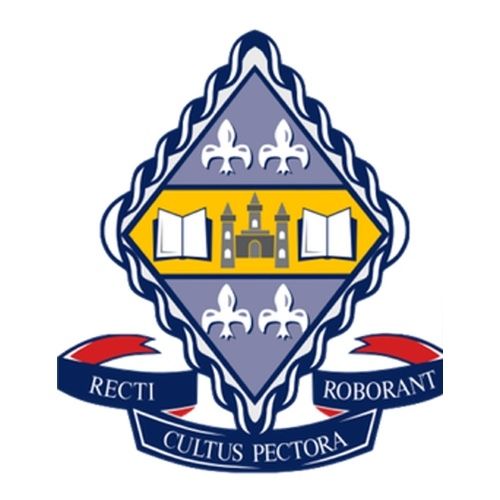
Uniform creates belonging and connection to school
Positive school culture expectations
Uniform creates belonging and connection to school and encourages equity, breaking down cliques and groups in the school. Wearing their uniform well gives students a sense of pride in the school and enhances students’ sense of identity.
● Every student shall wear the correct, full school uniform. This applies to students who are attending school, who are travelling to and from school, who are identifiable as students of Otago Girls’ High School in a public place and/or at a school function where school uniform has been specified.
● An application for an exemption can be made, supported by appropriate documentation, where there are considered to be Human Rights issues, for example on grounds of religion or ability. Students are required to wear the designated uniform on all school-related trips, unless prior permission is obtained from an SLT member.
● The school reserves the right to determine whether a student’s general appearance is unacceptable or not in compliance with the uniform regulations. Students and uniforms are to be clean and tidy and dressed in accordance with the uniform regulations.
● Blazers are to be worn at all times, except when removed during class when they should be hung on the back of a chair.
● For formal occasions and when representing the school, students will be required to wear the formal dress uniform of a blazer, long sleeved shirt, tie and kilt or trousers. The kilt may be required for formal group performances where unity of uniform is a requirement.
● The summer skirt must be worn with white turn-down socks (not sports ankle socks). Kilts must be worn with navy over-the-knee socks or tights (with no gap between the kilt and the socks). Black dress socks should be worn with trousers.
● Non-regulation shirts are not permitted, including knit shirts, tee shirts, sweatshirts or polo shirts and any garment worn under the white shirt or blouse for warmth must be white and not be visible in any way. Polos, hoodies and non-regulation jerseys are not to be worn.
● The only jackets permitted with the uniform, travelling to and from school or at school, are the Otago Girls’ High School regulation blazer and if wet, a plain navy or school raincoat. Down jackets are not to be worn.
● Shoes are traditional school style, black leather lace-up with black soles. Footwear is to be worn at all times, except where the class activity requires otherwise.
● The only jewellery allowed is a watch and one small stud in each ear.
● Hair should be clean, well groomed, neat and tidy, clear of the face and eyes and tied back if necessary for health and safety reasons. Hair should be of a natural colour and appropriate for school - no extreme colours are permitted. Hair ties should be navy or black.
● Make-up, including nail polish and false eyelashes, may not be worn with school uniform.
● Non regulation hats (e.g. caps and beanies) are not permitted with the school uniform at school or travelling to and from school. Appropriate headwear, fit for purpose, may be approved for health, cultural or religious reasons at appropriate times. Hijabs or scarves, approved for religious or cultural reasons, must be plain navy blue.
● Plain navy scarves or school scarves may be worn to and from school and outside but are not to be worn during class.
● The Physical Education uniform is compulsory for all students taking Physical Education in Year 9 and 10. Some sports will have a specific uniform but many junior teams will be required to wear their PE uniform for sport as well.
● Upon receipt of a request from a parent or caregiver, a temporary permit may be available from the Dean or SLT member, if a uniform item is not able to be worn for health reasons (e.g. shoes). Upon receipt of a request from a parent or caregiver to the Dean, an appropriate uniform item (including shoes) will be supplied to a student to enable them to attend class, when they are unable on a temporary basis to comply with the uniform requirements (e.g. a wet or torn item).
